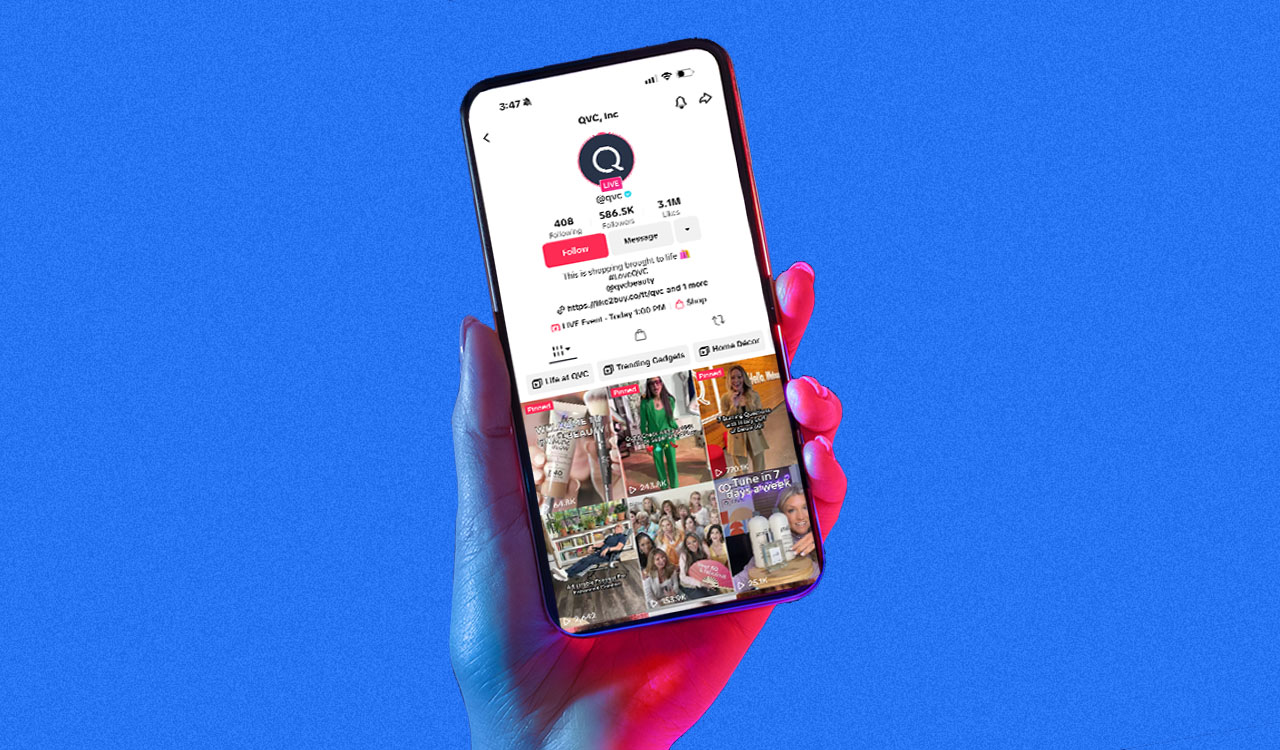Returns are a necessary component of the consumer journey. But returns don’t have to be harmful to the retailer, especially if they can be used to learn more about your shoppers, better meet their needs, and ultimately improve the consumer relationship. An effective marketing technique is to treat the return transaction as a marketing channel. This strategy can work for omnichannel, ecommerce, and in-store returns.
Intelligent incentives at the point of return (whether in-store or via live agent support) can yield better insights, stronger consumer relationships, and higher sales, turning each return into a marketing opportunity.
Not All Returns Are Equal
Many retailers have a one-size-fits-all return policy; for example, return within 30 days for a complete refund or exchange. Some are even beginning to charge for returns, as announced by a popular omnichannel retailer that now charges for online returns. But consider these alternative scenarios:
- Shopper 1 spends $20,000 at a retailer in a year and wants to make a return on day 31 (one day past the stated returns policy). From a consumer relationship perspective, denying this return and sticking to the policy could harm the relationship. Providing a longer returns window at the point-of-sale or allowing exceptions for profitable customers can build trust and create goodwill toward the retailer, which will likely lead to future purchases.
- Shopper 2 has a history of returning more than she keeps; she also wants to make a return on day 31. Given her shopping history at that particular retailer, extending the deadline may not be optimal. However, learning about why this consumer is making the return and offering personalized incentives so that she can better find what she’s looking for can improve the relationship and reduce the need for returns in the first place.
- Shopper 3 buys a coat from an apparel retailer, wears it, and then makes a return in fewer than 30 days. She has done this numerous times at this retailer. Given this likely abuse of the retailer’s return policy, the retailer won’t want to encourage this shopping behavior. This shopper could be provided with a stricter return policy at the time of purchase or even be informed that the purchase is a final sale.
As these scenarios demonstrate, personalization is key to ensuring a positive experience throughout all aspects of the consumer journey. In most cases, consumer returns indicate dissatisfaction. Rather than lose the consumer’s attention (and refund dollars) once the return is complete, retailers can use it as an opportunity to initiate a new conversation—one built to surprise and delight.
Using AI to analyze and incentivize purchase behavior can increase gross profit 25 percent after a return and, over the next 60-90 days, result in an 8 percent increase in visits, and increase gross profit per visit by 8 percent. Appriss Retail experience shows that purchase incentives developed using this process deliver a 25-30 percent redemption rate.
Consider Returns a “Moment of Truth” Experience
According to revenue and consumer satisfaction expert Adam Snitzer of the Miami Herald, “In my recent experience, it takes 12 times more marketing dollars to sell to a brand-new customer than to entice an existing customer to buy again. Which is a staggering difference.”
People often make a special trip to the store or visit a website to initiate a return. They are communicating with you that something about their experience did not go as expected. If they’ve chosen to make the return in-store, rather than ship their return, you have their attention. How will you use this experience? Will the consumer leave dissatisfied and potentially visit a competitor, or will you use it as an opportunity to engage your shopper and entice them to buy again? Similarly, when it comes to online returns, live support agents can be empowered in much the same way.
Data Shows Returns Are a Powerful Marketing Communications Channel
Secondary and original research by Appriss Retail has uncovered the following information that can help retailers maximize returns opportunities:
- Over 40 percent of consumers that buy online would prefer to return in-store, out of convenience. (Incisive, Omnichannel Returns 2022)
- 19 percent of shoppers made an additional purchase in-store while picking up a product they ordered online. (Digital Commerce 360)
- Retailers who use AI to analyze their consumer data and personalize the returns experience realize a 30 percent increase in purchases after returns across multiple channels of their business. (Appriss Retail Podcast)
- Retailers that have used their shopping data to optimize their return transactions have increased consumer conversions while reducing loss, resulting in increases of over one to two percent in net sales. (Appriss Retail, Optimizing the Value in Returns Transactions)
Five Steps to Engaging Shoppers at the Point-of-Return
It’s no surprise that the absolute number of returns is increasing, largely driven by the uptick in ecommerce traffic resulting from the Covid-19 pandemic. Returns can be an opportunity to help consumers go from dissatisfaction to delight. Embracing the return experience as an opportunity to help shoppers find the product they want can lead to incremental sales or at least cut down on losses from issuing refunds.
As we saw with the shopper scenarios above, having a blanket return policy may not be best serving the retailer. Why? Because not all consumers are the same when it comes to returns. Today, retailers have the option of being much more personalized in their interactions with their shoppers. Further, consumers are coming to expect personalization in just about every aspect of their lives.
Today, we have sophisticated tools that can analyze consumer purchasing patterns at a specific retailer so that retailers can tailor return policies to maximize opportunities and decrease risk. Here are some ways retailers are taking steps to engage and delight their consumers at the point of return.
- Don’t think of return transactions as isolated experiences. Returns occur within the context of a larger relationship with each shopper. If you could understand why the return was made for each transaction, you could open a treasure trove of information that can help improve overall results. With each return, a shopper is telling you something about their needs. If you understand those needs, you can develop offers for products they will likely want to buy and keep.
- Use AI to analyze return patterns. Artificial intelligence makes it possible to analyze your shoppers’ purchase patterns across all your channels and personalize promotions and incentives that can help increase shopper engagement. Running AI models against your data points helps you understand the impact your offers are having in real-time so that you can influence the consumer journey at the point-of-return. Here’s how it works:
- Use AI combined with your end-to-end consumer shopping history to break your market into segments based on behaviors.
- Create offer guidelines that will resonate with each group.
- Target individuals within each group with intelligent incentives based on their shopping and return habits with your company. Incentives can be discounts on goods, a service to keep shoppers in-store longer, or an invitation to a private event.
- Create different return policies for different shoppers. By analyzing your own consumer data, you can learn what return policies would be most beneficial for your shoppers and your company. Loyal shoppers can be offered extended return periods, free shipping on returns, or other perks. Shoppers who make excessive returns with your brand, could be charged restocking fees, return shipping, or provided with an incentive to return the product in-store.
- Offer targeted incentives to transform returns into a growth opportunity. Returns can be a way to get shoppers to buy more. A retailer can drive more value based on what it knows about its existing shoppers and the channels they prefer to use when interacting with the business. The goal is to recapture revenue from a lost sale by encouraging shoppers to return in-store, leading to opportunities that can enliven the consumer experience, promote loyalty, and create interactions that delight.
Appriss Retail uses AI to help retailers generate intelligent, targeted incentives in real-time. In one instance, incentives resulting from instantaneous analysis of individual consumer shopping behavior at a major sporting goods retailer were offered to qualifying consumers after a merchandise return. As a result:
- The incentives achieved an average redemption rate of 27 percent.
- Purchases after a return increased 53.6 percent the very first month of incentives use.
- The number of items in the basket increased 20 percent.
Make support readily available.
Consumers are growing increasingly frustrated with automated support and do not appreciate long waits to get their issues resolved. A retailer can stand out by immediately connecting shoppers with a human operator or live chat resource empowered with the ability to provide discounts or recommend an exchange when a return is initiated. This can result in greater consumer satisfaction in addition to potentially minimizing the impact of a return. Further, the human touch can be invaluable for obtaining consumer feedback, which can be used to improve the overall experience.
For savvy retailers, returns offer an opportunity to communicate with consumers at a time when they have an unfulfilled need and are asking for help. Retailers can leverage the return experience by making shoppers feel valued, offering personalized policies, and driving additional purchases with personalized incentives at the time of a return. By doing so, they can realize even more gains for the business in the long term.
Note: Appriss Retail is a Robin Report Innovator; click here for more returns insights and information.




